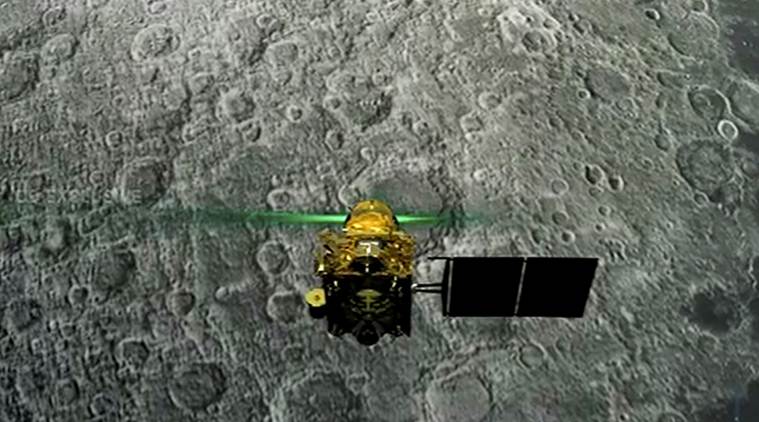
Two weeks after Chandrayaan-2’s Vikram lander lost communication with ground stations during its final descent, Indian Space Research Organisation (ISRO) chief K Sivan Saturday said the orbiter is doing very well but the agency has not been able to establish contact with the Vikram lander.
Sivan also pointed out that the space agency’s next priority will be the Gaganyaan mission—ISRO’s ambitious manned mission by 2020.
“Chandrayaan-2 orbiter is doing very well. There are 8 instruments in the orbiter and each instrument is doing exactly what it meant to do. Regarding the lander, we have not been able to establish communication with it. Our next priority is Gaganyaan mission,” Sivan was quoted as saying by ANI.
Sivan also said the Chandrayaan-2 mission has achieved 98 per cent of its objectives, even as scientists are working hard to establish contact with lander ‘Vikram’.
“Why we are saying Chandrayaan-2 achieved 98 per cent success is because of two objectives — one is science and the other technology demonstration. In case of technology demonstration, the success percentage was almost full,” PTI quoted Sivan as saying.
“Discussion is on about the future plan… nothing is finalised. Our priority is on an unmanned mission by next year. First, we have to understand what exactly happened to the lander,” he said.
On Thursday, the space agency had tweeted, “#Chandrayaan2 Orbiter continues to perform scheduled science experiments to complete satisfaction. Meanwhile, the National Committee of academicians and ISRO experts is analysing the cause of communication loss with #VikramLander.”
On September 7, the Vikram lander had failed its attempt to make a soft-landing on the moon’s surface on September 7. ISRO has said the orbiter module has located the lander and taken thermal images of it.
Attempts to restore contact with Vikram will become futile tonight, when a lunar night descends over the area where the lander currently is. Nights on the moon, which are equivalent to 14 earth days, can be extremely cold, with temperatures in the region where Vikram has landed expected to go down as low as -200 degree Celsius. The electronics on Vikram are not designed to withstand such low temperatures, and are likely to become non-functional.